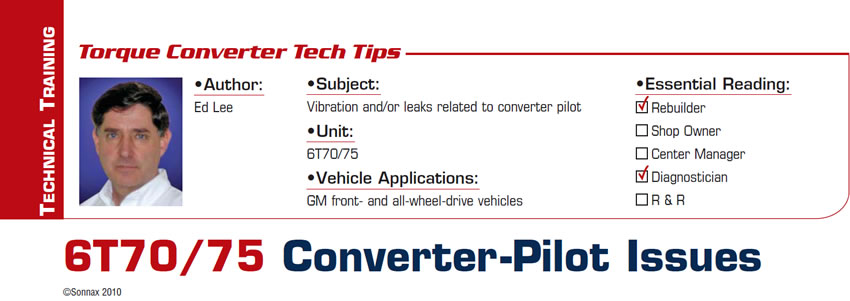The Secret Code
When an electrical failure or some type of system failure occurs, prompting the computer to initiate a programmed failsafe condition for the transmission, it is essential for the technician to have the ability to obtain the diagnostic service code that accompanies the failsafe condition. Not having the ability to obtain this code or codes in essence causes the technician to be blind.
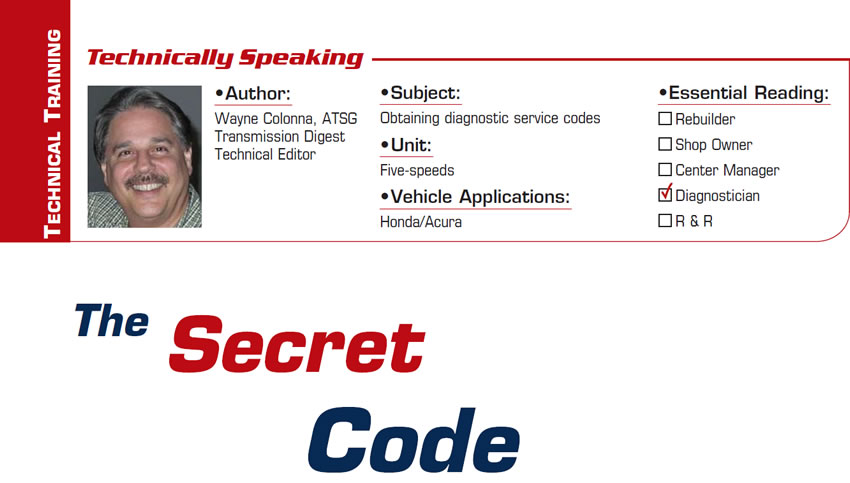
What Is Metal Fatigue and How Can It Be Prevented?
This football season is characterized by a preponderance of broken-down and injured quarterbacks. Numerous quarterbacks have been removed from games after repeated “sacks” from the on-rushing defense. A frequent observation from viewers is, “How long can this quarterback last under the strain of these repeated sacks and knockdowns?”
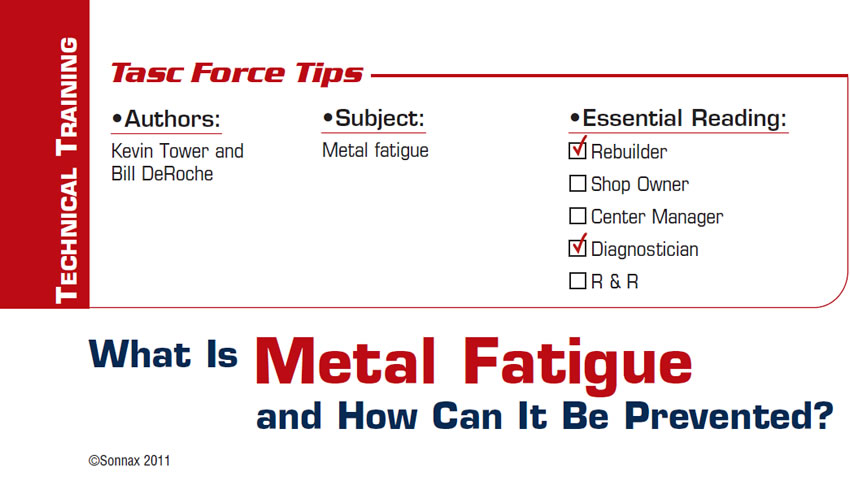
Another One to Add to the List
Throughout the years I have produced articles revealing various types of self-inflicted injuries that ate up time, energy and money unnecessarily as a way to forewarn others so they can avoid this pitfall. Many thanks go to those who have revealed their mistakes to us so we can share them with all of you, as well as the ones we have discovered on our technical hotline.
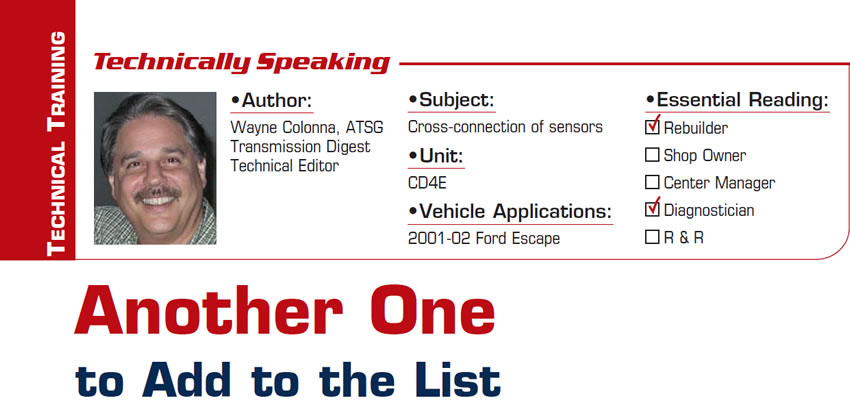
Aisin AW Linear Solenoids
In this article, the AW 55-50/51 five-speed (also known as AF 23/33) will be referred to as the AW 5.
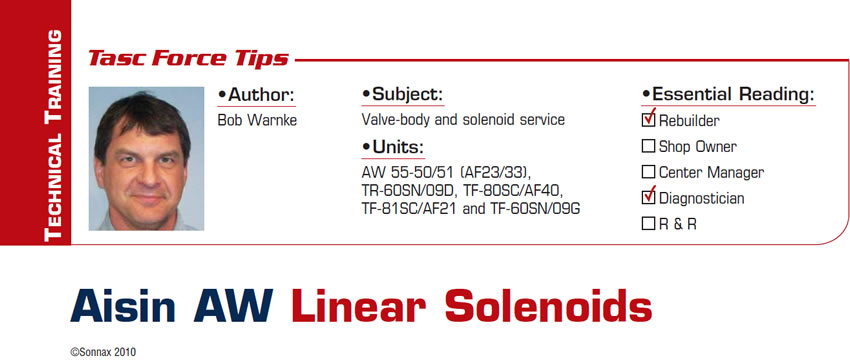
4R/5R55E: Engine Stall on Engagement after Rebuild
A local general-repair garage brought a 5R55E transmission and converter to a transmission shop for a rebuild. The transmission came out of a 1997 4.0-liter Ford Explorer with 216,456 miles on the odometer. The shop had the correct rebuilt transmission and converter in stock, so exchanging the change-over parts was all that was necessary to return the unit to the garage.
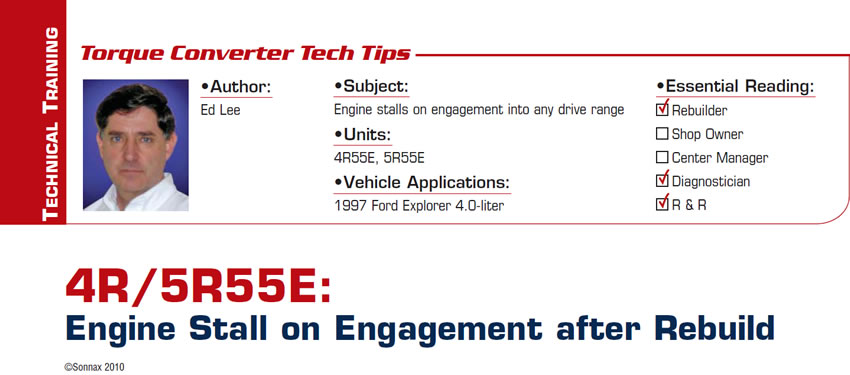
A Tale of Two Fords
Our first tale is one of those situations in which you are in the middle of nowhere and all of a sudden a warning lamp comes on. This person, whom we will call Mr. Public, was driving his Ford Taurus equipped with an AX4S on a lonely stretch of road at night when suddenly the transmission-temperature lamp came on. Fortunately, Mr. Public was able to limp the car into the closest town, where he took the car to the local transmission shop the next morning.
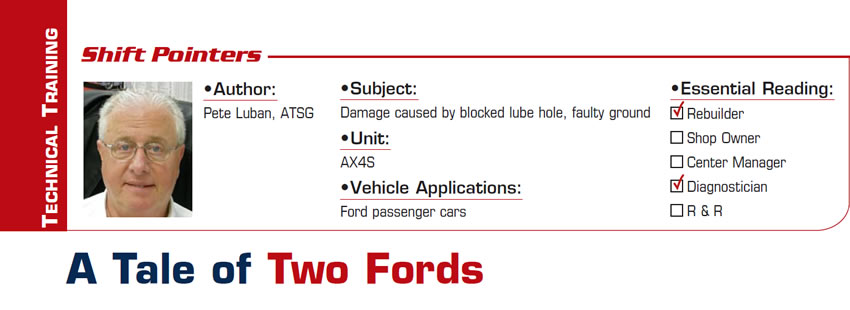
Plug that Bore: U150/250 shift complaints
Valve-body bore wear has become so common that one can just about predict which bores will wear when a new transmission hits the streets. Any valve that is regulating is up for grabs. TCC, pressure control, clutch regulating valve, whatever you want to call it, if it moves back and forth quickly and consistently, more than likely it’s going to wear the bore.
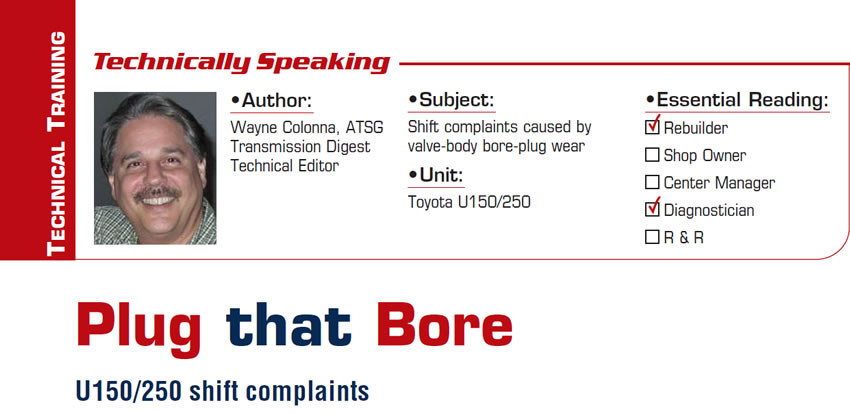
Pooling our Resources
The Torque Converter Rebuilders Association (TCRA) recently formed a technical committee to address the technical needs of torque-converter rebuilders and funnel technical information to its members. This information will be presented on the TCRA Web site and in the TCRA newsletter, among other publications.
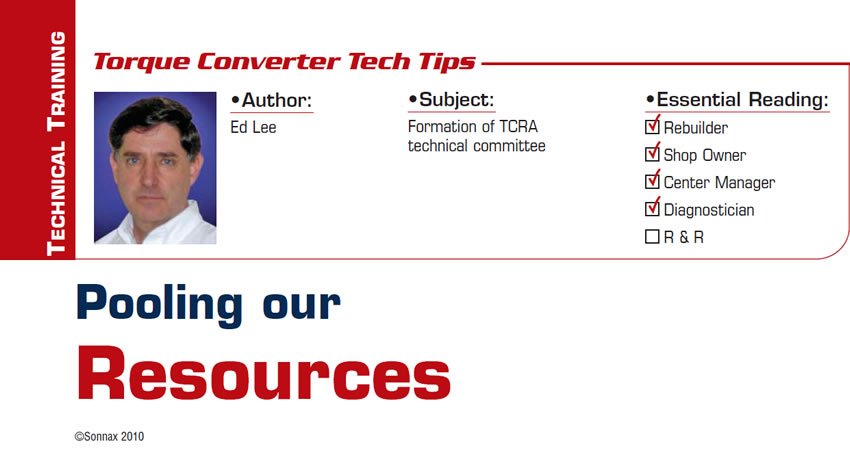
Solenoid Mix-ups
The SLT and SL1, 2 and 3 solenoids used in the U150/250 transmission (Figure 1) can easily be positioned incorrectly, causing a variety of malfunctions such as wrong-gear starts, no shifts and bind-ups, to name a few.
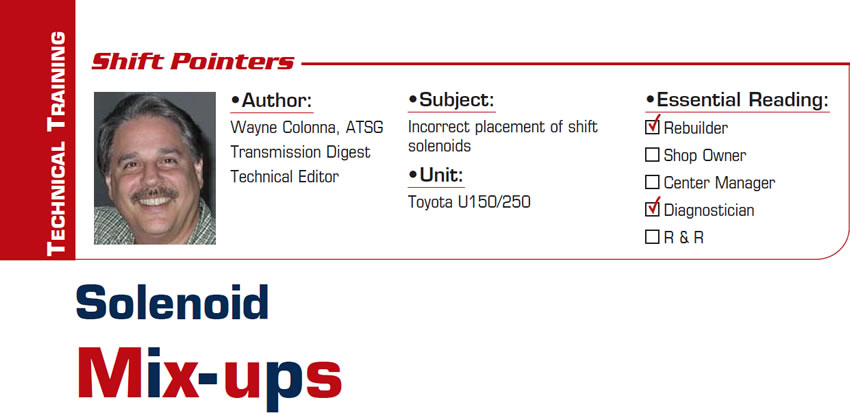
Getting Up to Speed with the RE4F04B
The RE4F04B transmission is no stranger to our technical hotline, for a variety of reasons. This article is about a self-inflicted injury that occurs every so often and, when it does, makes for a very bad day.
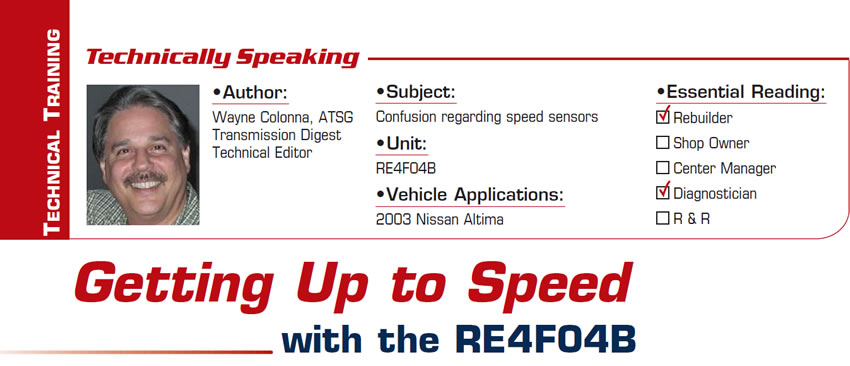
What Could It Possibly Be?
Recently, a local Lee Myles shop was dealing with a vehicle that had this 01045 code but didn’t go into failsafe right away. The symptoms it produced seemed to indicate a bad Multi-Function Switch (transmission-range sensor) on the transmission rather than the Tiptronic assembly in the console. So they brought the vehicle to our facility here in Miami.
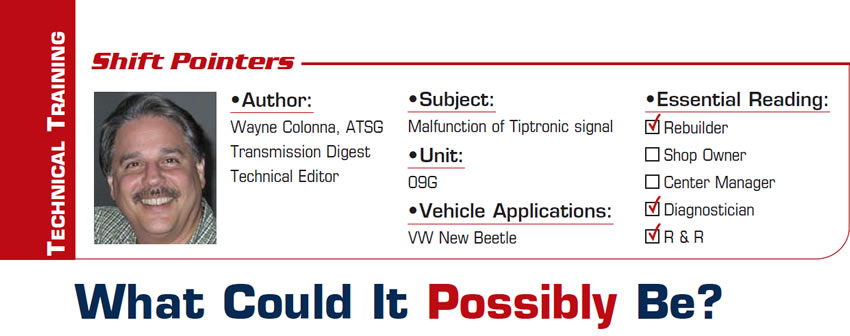
6T70/75 Converter-Pilot Issues
To date most of the converters seen at converter-remanufacturing facilities have had vibration and/or leak complaints. After taking a closer look at the attachment between the pilot and cover, it is easy to see why (Figure 2).
